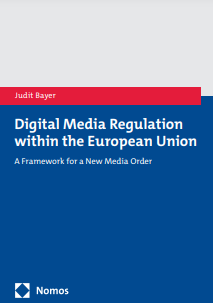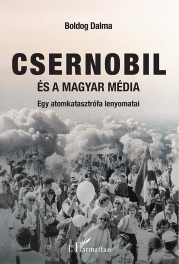Keyword – online news media
Gálik, Mihály:
Gálik, Mihály:
Echo chambers and filter bubbles
In the past three decades, both the production of news/information on public matters and the distribution of these to the audience have undergone major changes. The online distribution of news and information has enabled users to personalise their news consumption on the one hand, and allowed for user generated content on the other hand. These two practices have become the recurring topics of mainstream communication research after the millennium. Around the early 2010s and in the Web 2.0 environment, the role of algorithmic filtering introduced by online news platform providers has become another mainstream research topic. Leading academics have also voiced the paradox that the personalisation of online news consumption may reduce the scope and diversity of news consumed by the audiences, the abundance of available news on many online platforms notwithstanding. Yet the findings of most relevant research projects suggest that this concern is highly overstated. Although there are echo chambers and filter bubbles in the contemporary digital networked media scene, these are highly different from the ones outlined by their visionaries.
Keywords: algorithmic filtering, echo chamber, filter bubble, hype, news bubble, news media, online news media, personalization
Echo chambers and filter bubbles
Médiakutató Spring 2020 pp. 27-35
Gálik, Mihály:
Gálik, Mihály:
In a hole: An essay on the news media
Dynamic growth in news media industries combined with overall structural changes within them has been a highly important research field in communication sciences for a long time. Between the late 19th and the early 20th centuries, newspaper publishing turned into a large-scale industry. Later on, newsreels in film production, regular news programming in radio and television broadcasting gradually broadened the scope of news media during the 20th century, and finally, in the 1990s online news services entered the scene. In a couple of years after the millennium, social news sites and search engines joined online news services in digital networked media and began to undermine the robust building of legacy news media. Is this process an example for the creative destruction of innovations or something else doing more harm than giving benefit? Well, the answer to this question is largely a function of one’s approach.
Keywords: agenda setting, bias, news, news abundance, newsworthiness, objectivity, online news media, polarisation
In a hole: An essay on the news media
Médiakutató Summer 2021 pp. 29-38



